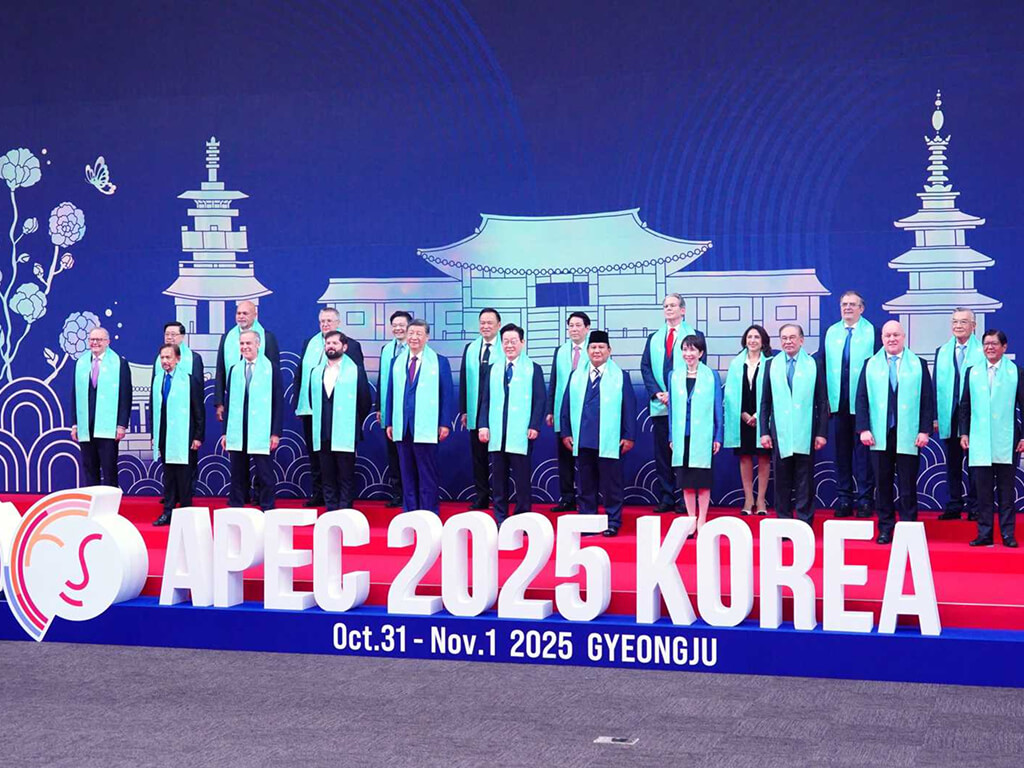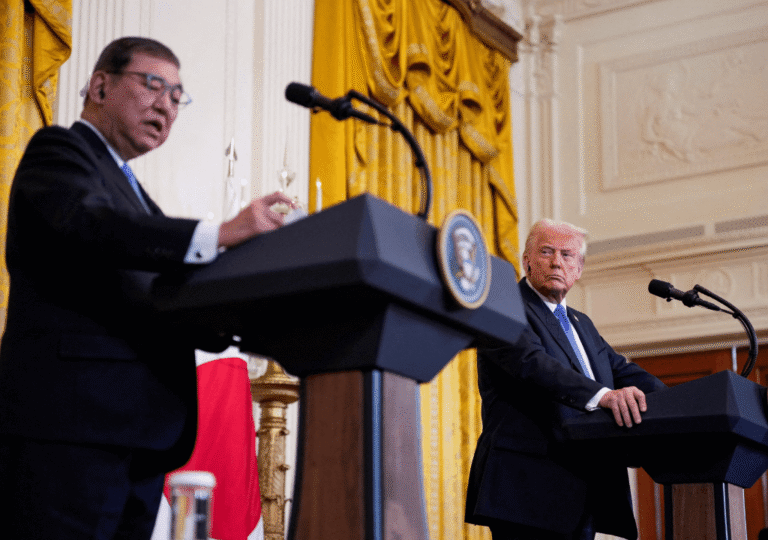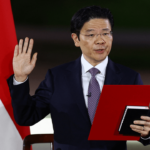For decades, summits such as APEC played a significant role in shaping global trade and fostering international partnerships. In recent years, however, their impact has diminished. Economic cooperation forums increasingly appear ceremonial, prioritizing photo opportunities and scripted statements over substantive agreements.
The 2025 Asia-Pacific Economic Cooperation (APEC) Summit in Gyeongju, South Korea, underscored this shift. President Donald Trump attended but returned to Washington on the eve of the main sessions, leaving observers unsure of what the remaining leaders could achieve. Still, the 26th APEC Summit, held on November 1, carried symbolic weight. Bringing together major world economies amid rising trade tensions and changing priorities, the gathering highlighted the limits of global cooperation in an increasingly fragmented world.
A Fractured Forum in a Divided World
The 21-member APEC group remains a diverse coalition, bound more by geography than shared ideology. Its members include liberal democracies such as Canada, Japan, and South Korea, alongside authoritarian regimes like China, Russia, and Vietnam. That the bloc continues to meet annually is, in itself, a diplomatic achievement.
However, this year’s Gyeongju summit highlighted growing divisions within the group.
The final declaration was notably vague. Observers had speculated that members might fail to issue any communique at all due to rising trade tensions. South Korea worked carefully to prevent a repeat of the 2018 APEC Summit in Papua New Guinea, where U.S.-China disputes had completely derailed the joint statement.
In the end, the summit produced a modest declaration reaffirming the “importance of a trade environment that promotes resilience and benefits for all.” References to multilateralism or the World Trade Organization, the institution long central to global trade rules, were entirely absent.
The outcome emphasized how APEC’s founding vision in 1989, conceived during a period of expanding globalization, now seems increasingly disconnected from today’s fragmented global economy. Even South Korea’s well-organized and gracious hosting could not mask that reality.
Trump’s Exit and Xi’s Moment
If any leader stood out at the summit, it was Chinese President Xi Jinping. President Trump’s early departure left Treasury Secretary Scott Bessent to represent the United States. Whether by design or coincidence, Trump’s absence allowed Xi to present himself as a stabilizing force and a champion of regional economic interests, positioning Beijing as a counterpoint to Washington’s America First approach.
While Trump accepted ceremonial gifts from Japanese and South Korean hosts before leaving and later made headlines handing out Halloween candy at the White House, Xi remained in Gyeongju, conducting a series of high-level bilateral meetings.
The two day summit was never expected to overshadow the US China tariff truce announced earlier in the week, yet Trump’s absence allowed other leaders to take center stage. Canadian Prime Minister Mark Carney declared the end of rules based free trade, while Xi called on members to recommit to free and open trade, a phrase once closely associated with US leadership in APEC.
Xi also led what officials called a significant resolution on artificial intelligence, enhancing China’s expanding influence in the global technology sector.
Canada and China Rebuild Bridges
Amid the summit’s largely ceremonial atmosphere, a notable diplomatic breakthrough occurred between Canada and China.
Prime Minister Carney and President Xi held a cordial meeting, after which Xi invited Carney to visit China, a gesture both sides described as a sign of “recovery” in bilateral relations.
The rapprochement followed years of tension. Just days before the summit, the White House had canceled trade talks and imposed new tariffs on Canada, reportedly in response to an Ontario government television ad critical of Trump’s tariff policy. Against this tense backdrop, the Carney–Xi meeting was viewed as a constructive step forward.
After years of tense relations under former Prime Minister Justin Trudeau, expectations were low. Still, both leaders described the talks as “positive.” A Canadian statement called the meeting a “turning point,” signaling a potential deepening of ties as relations between Ottawa and Washington grew increasingly strained.
Carney also unveiled plans to double Canada’s non-U.S. exports within ten years, an effort seen as reducing reliance on the United States. How far Canada can expand trade with China without U.S. approval remains uncertain, but the growing relationship between Canada and China has drawn significant attention in political commentary.
Japan’s Sanae Takaichi Makes Her Diplomatic Debut
Japan’s new prime minister, Sanae Takaichi, made her international debut at the summit, standing out as the only woman among the fourteen leaders present.
Takaichi faced immediate scrutiny over her diplomatic skills. Within days of taking office, she held bilateral meetings with Chinese President Xi Jinping and South Korean President Lee Jae Myung, following Trump’s recent visit to Tokyo.
As Japan’s first female prime minister, confirmed less than two weeks earlier, Takaichi delivered a calm and measured performance, reassuring critics concerned about her lack of foreign policy experience.
She and Lee pledged to build “future-oriented” relations, a phrase commonly used to ease tensions between Japan and South Korea. Both leaders also reaffirmed shared security concerns regarding North Korea, which had recently called abandoning its nuclear weapons a “pipe dream.”
After an initially awkward handshake with Xi, Takaichi stressed the importance of a “strategic and mutually beneficial relationship” with China, while raising concerns about Beijing’s human rights record and military expansion in the South China Sea.
Her understated but steady diplomacy revealed a pragmatic side beneath her conservative image. Returning to Tokyo, Takaichi could reflect on a debut that positioned her as a credible and disciplined global actor.
Can APEC Regain Relevance?
No, not really. At the moment, APEC seems unlikely to regain its former relevance. Designed as a platform for economic cooperation among major economies, the organization struggles when member countries are unwilling to engage fully. Without meaningful collaboration, the summits risk becoming largely ceremonial and fading from mainstream attention.
China will host the next APEC Summit in Shenzhen, its high-tech economic hub, reflecting Beijing’s ambition to lead the global technology economy. President Xi Jinping announced that the 2026 gathering will focus on innovation and digital cooperation, showcasing China’s technological strength and leadership.
Despite these plans, expectations remain low. U.S. participation is likely to be limited to lower-level delegations, with Washington concentrating on side meetings with allies, signing a few symbolic agreements, and staging routine photo opportunities.
As long as China and the United States, the forum’s two largest economies and key members, do not recognize its importance, APEC will remain largely irrelevant.








